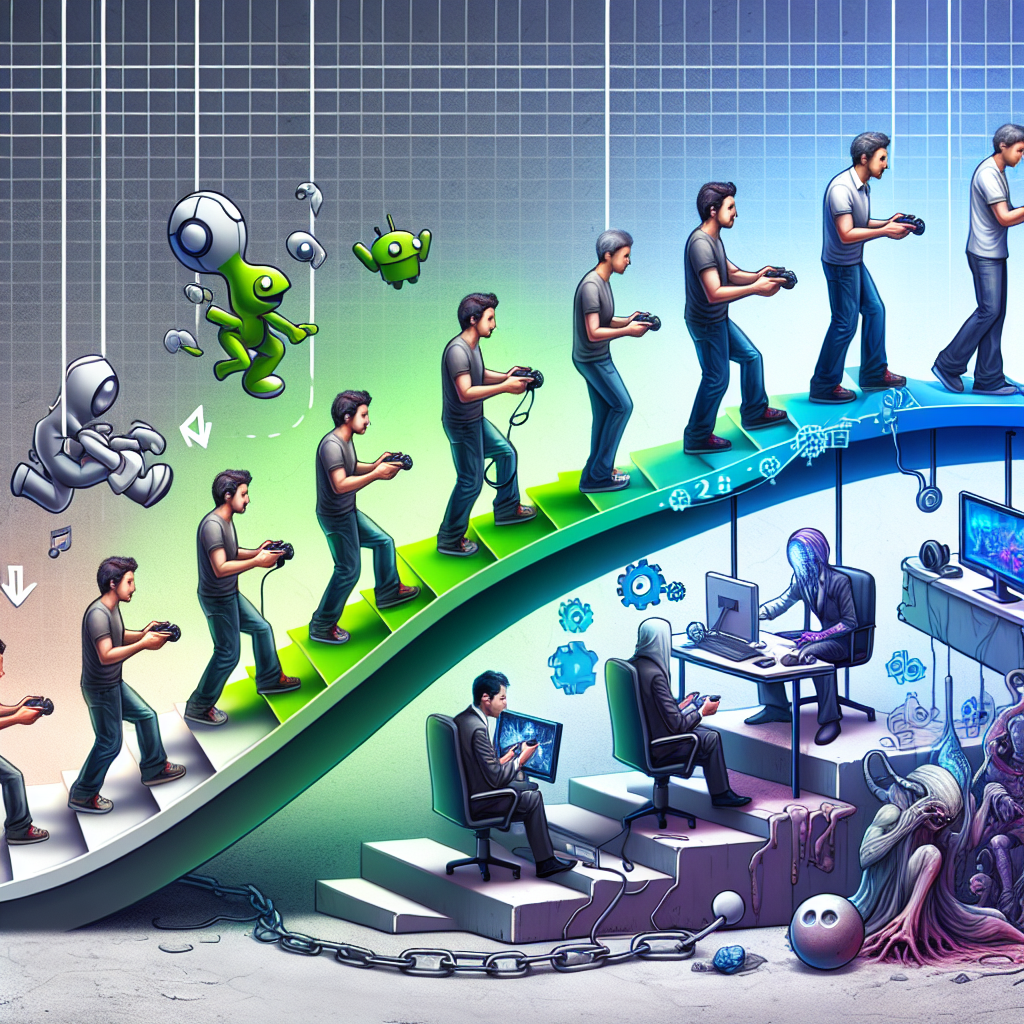From Fans to Creators: The Evolution of Content Creation in Gaming Communities
Introduction
The gaming industry has undergone a monumental transformation over the past few decades, evolving from a niche market into a global cultural phenomenon. Central to this evolution has been the rise of content creation within gaming communities, where fans have metamorphosed into creators, influencers, and even brand ambassadors. This transition has not only redefined the fan experience but has also shaped the industry itself, leading to a vibrant ecosystem of creativity and collaboration.
The Rise of Fan Communities
In the early days of gaming, communities formed around shared interests in specific titles or genres. Fans would gather in forums, chat rooms, and bulletin boards, exchanging tips, strategies, and fan art. Websites like Newgrounds and Albino Blacksheep provided platforms for aspiring creators to share their work, while other sites offered fan discussions that fueled a sense of belonging.
As gaming technology advanced, so did the tools available to fans. Powerful personal computers, alongside user-friendly software for video editing and graphic design, made it easier for individuals to express their creativity. Tutorials on platforms like YouTube began to emerge, teaching fans how to mod games, create animations, or narrate their own gaming experiences.
The Era of Streaming
The advent of streaming platforms, particularly Twitch and YouTube Gaming, marked a seismic shift in content creation. Gamers could broadcast their gameplay live, engaging with their audience in real time. This interactive format revolutionized how content was consumed and created. No longer were gamers just playing; they were performing, building their brands, and cultivating communities around their streams.
As streaming gained traction, personalities like Ninja and Pokimane rose to fame, turning their gaming skills into lucrative careers. Sponsorships, merchandise sales, and subscription models transformed gaming into a full-fledged profession. In this new era, the line between fan and creator blurred further, as fans found themselves not only consuming content but also contributing to it through chat interactions, fan art, and other creative outlets.
Game Development as a Collaborative Endeavor
With the integration of fan-created content, many game developers began recognizing the value of community-driven initiatives. Modding communities, such as those around Skyrim or Minecraft, showcased how fans could enhance or transform games, forging new experiences and extending the life of titles. Developers like Valve have embraced these communities by integrating user-generated content into official channels, allowing exceptional mods to be shared and monetized.
Furthermore, platforms like Roblox and Dreams have democratized game development, enabling fans to create and share their games without needing extensive coding knowledge. This participatory approach has cultivated a new generation of game creators who started as fans and are now shaping the industry.
The Power of Social Media
Social media platforms like Twitter, Instagram, and TikTok have amplified the reach and impact of gaming content creation. Creators harness these platforms not just to showcase their gameplay, but to share memes, stories, and short clips that resonate with audiences on a personal level. The viral nature of social media means that a moment of brilliance, humor, or insight can quickly gain traction, propelling lesser-known creators into the spotlight.
This connection extends beyond individual creators. Gaming communities on social media form support networks, enabling collaboration and cross-promotion. Emerging creators can gain insights, share tutorials, and participate in challenges that foster creativity and innovation.
The Future of Content Creation in Gaming
As technology continues to evolve, the future of content creation in gaming communities looks promising. Virtual reality (VR) and augmented reality (AR) are set to reshape how games are played and experienced, opening new avenues for creators. The increasing accessibility of advanced tools for game design means that we will see more players stepping into the shoes of creators.
The relationship between developers and their communities will likely grow even closer, with feedback loops that foster engagement and collaboration. The potential for user-generated content will drive innovation, as fans become co-creators in the gaming experience.
Conclusion
The evolution from fans to creators within gaming communities encapsulates a broader cultural shift towards participatory content creation. As individuals leverage their passions and skills, we witness a transformation that enriches the gaming landscape. This dynamic interplay between fandom and creation fosters an inclusive ecosystem where everyone has the opportunity to contribute, collaborate, and thrive. In a world where fans have become creators, the possibilities for the future of gaming are as limitless as the imagination of its communities.




